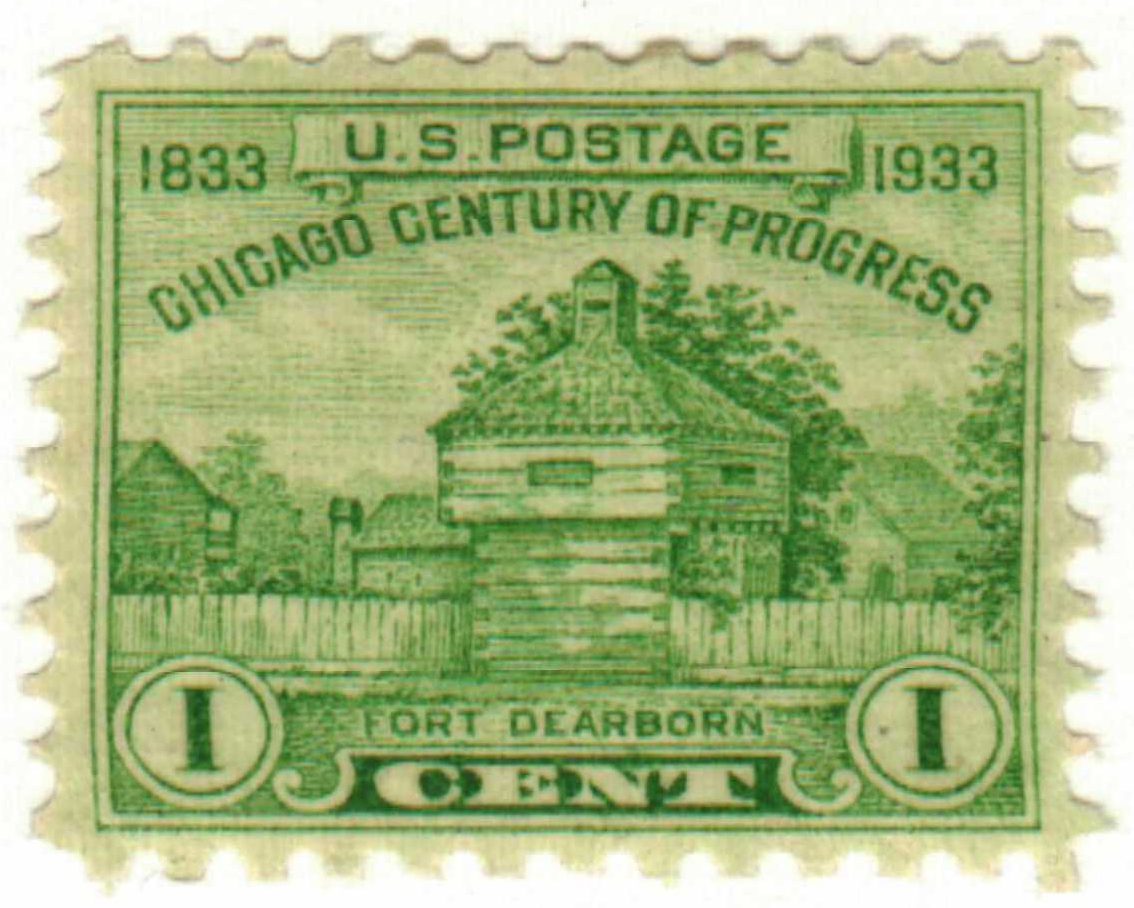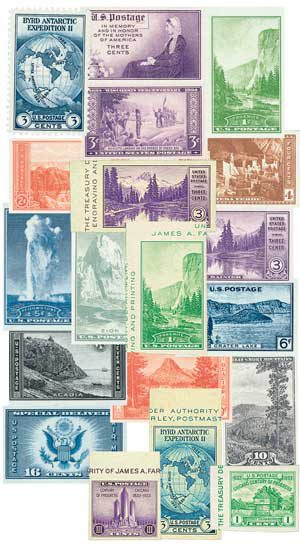Battle of Fort Dearborn

In a battle lasting only 15 minutes on August 15, 1812, the Potawatomi Indians attacked Fort Dearborn near present-day Chicago, Illinois, and burned it to the ground.
Fort Dearborn was built beside the Chicago River in 1803 and named after then-U.S. Secretary of War Henry Dearborn. That part of the country, the Northwest Territory, had been an area of contention for years. The United States first acquired it as part of the Treaty of Paris in 1783, but clashes with local Native Americans continued over the years.
Two Shawnee brothers, the prophet Tenskwatawa and Tecumseh, sought to expel the “children of the Evil Spirit,” the American settler. They formed a confederation of several tribes and soon became allies with Britain.

As the war between the U.S. and Britain became apparent, violence increased in the area. After a band of Indians killed two white men nearby, many people from Chicago fled to Fort Dearborn for safety. There, 15 civilian men were organized into a militia.
When the British captured Fort Mackinac in July 1812, General William Hull sent orders to Captain Nathan Heald to evacuate Fort Dearborn, destroy the arms and ammunition, and give what was left to friendly Indians who could escort them to Fort Wayne. Heald was warned by a Potawatomi chief of an ambush, but the group decided to leave the fort anyway.

In response to this, Captain William Wells, the sub-Indian agent at Fort Wayne, organized a group of 30 Miami Indians to travel to Dearborn to escort the evacuees.
On August 14, Heald met with leaders of the Potawatomi to inform them that he was evacuating the fort. However, they misunderstood and thought he was offering to give them the fort’s firearms, ammunition, and money if they would escort the settlers to Fort Wayne.
Heald and Wells led the evacuation of the Fort on August 15. Their party consisted of 54 troops, 12 militia, nine women, and 12 children. About 1.5 miles from Dearborn, they encountered a band of Potawatomi warriors who quickly ambushed them. The cavalry made their way to a nearby dune to charge toward the attackers, leaving the wagon train of women and children. The militia stepped in and defended the wagons, but in the end, they were all killed.

In all, the battle lasted about 15 minutes. The surviving soldiers surrendered and were taken as prisoners. American losses included 26 soldiers, all 12 militiamen, two women, and 12 children, with the rest taken prisoner. The Indians then burned down the fort and no U.S. citizens entered the area until after the war. The confederacy’s victory was short-lived, as the U.S. accelerated its policy of Indian removal in response to the massacre.

Fort Dearborn was rebuilt in 1816 and a replica of it was created for the 1933 Century of Progress Exhibition in Chicago.
What are Farley’s Follies?

This story begins with the issue of the 1933 Newburgh Peace commemorative, Scott #727. U.S. Postmaster General James A. Farley removed several first-run sheets from the printing presses before they were gummed or perforated, and autographed them. He gave these stamps to President Franklin Roosevelt (an avid stamp collector), Interior Secretary Harold Ickes, the President’s secretary Louis Howe, various Post Office Department officials, and each of his children. Farley continued this practice with other new stamp issues.
These ungummed and imperforate stamps were not available to the public – Farley was creating precious philatelic rarities and distributing them to his boss and friends.
Needless to say, the philatelic community was outraged. However, when a New York City stamp dealer declared he had a sheet of 200 ungummed, imperforate Mother’s Day stamps signed by the postmaster general for sale, and that he had insured them for $20,000, the general public was upset as well. It was estimated that 160 of Farley’s special sheets had been distributed. That made a total value of $3,200,000!
A recall was suggested, but deemed impossible. Finally, the Post Office came up with a solution – the reissue, in sheet form, of all the stamps issued since March 4, 1933, in ungummed condition, imperforate and in sufficient numbers to satisfy public demand.
Click here to see what else happened on This Day in History.

These are great. All of the historical days in history are quite interesting. I am a stamp and fdc
collector. Thanks!
E. E. Reynolds
Good information.
That is a very interesting story about Farley and the stamps. Always appreciate these fascinating historical facts.
What happened to the 1933 restored Fort Dearborn after the Century of Progress Exhibition closed?
There is little difference between what Farley was doing more or less on the sly and what the postal service is now doing quite openly with the issue of imperforate versions of current commemoratives.
Henry Dearborn’s Rifles teamed up with Danial Morgan’s Sharpshooter to make an invincible force for Washington’s Rebel Army during the Revolutionary War. This series is a great collectors item even thought Farley may have been a little underhanded in his approach to making them collectors items.